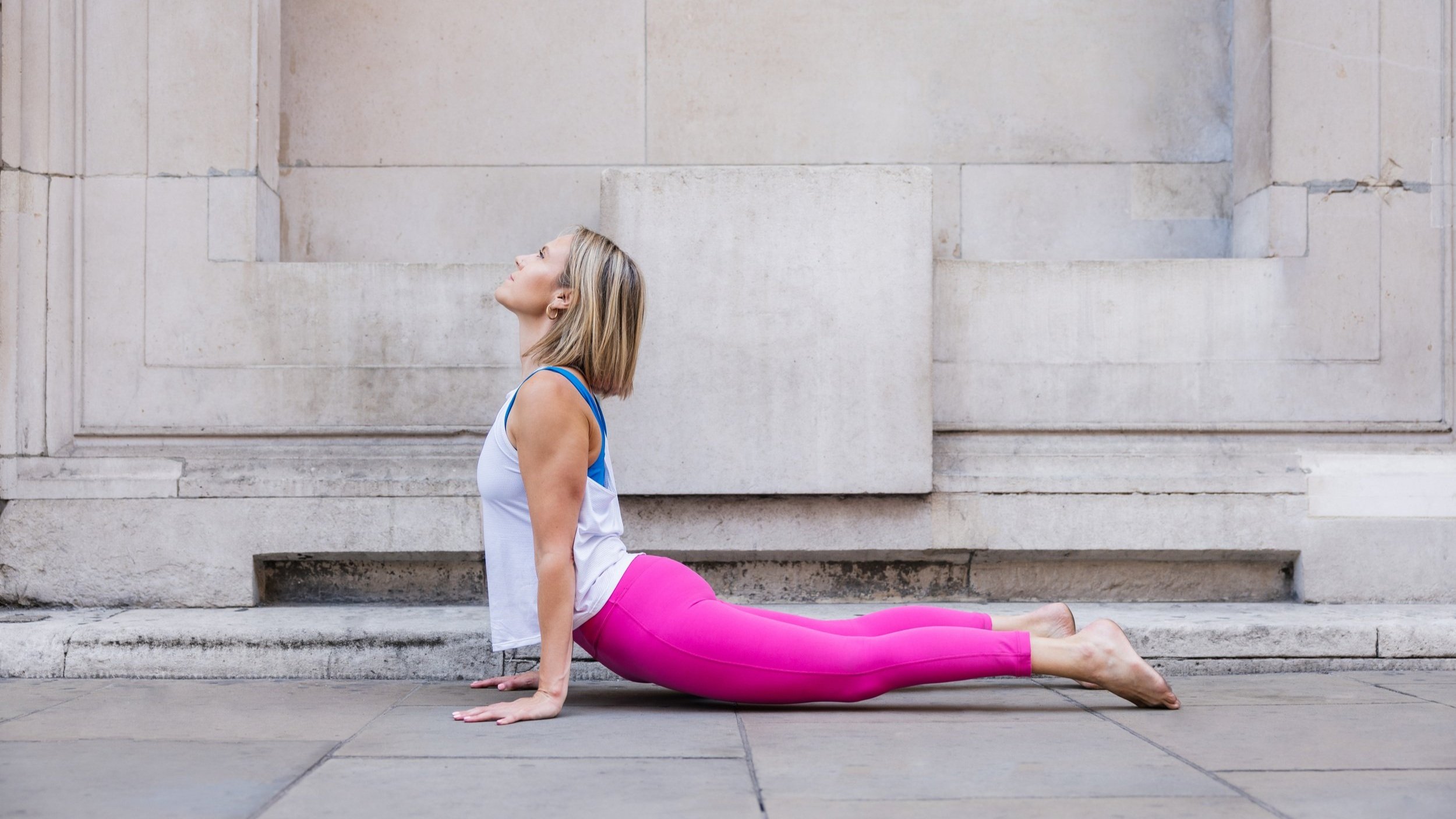How to Jump Back and Jump Through in Ashtanga Yoga
How do I jump back and jump through in Ashtanga Yoga?
Probably in the top 10 of Ashtanga FAQs….and one you may have asked your teacher at some point.
The answer for most of us…myself included is…not very easily
If you’re struggling to understand the mechanics of the Jump back and Jump through then this video and blog post is for you.
I can’t promise you’ll be floating like Kino or David Swenson but after watching/reading it will make a little more sense, and you’ll have some useful tips to help you on your way.
Why do we jump back and jump through in Ashtanga Yoga?
Jump backs and jump through are the transitional elements that link the seated asanas (yoga shapes) in Ashtanga yoga. There are several reasons why I believe they are incorporated into the practice:
1. Builds strength and stamina.
However you jump back and jump through you will be building core strength, strength in your arms and wrists and stamina. Jumping back and jumping through gets your heart rate going, providing you with a cardiovascular workout.
2. Resets your spine
Each time you move through a jump back you’ll be doing a backbend (upward dog) and a forward bend (downward dog), plus you’ll round your back as you jump back to seated. Performing these actions between each side of an asana resets your spine
3. Adds a meditative quality to your practice
Each jump back and jump through is part of the vinyasa count or prescribed number of breaths for each transition in the practice. The purpose of the vinyasa is to link movement with breath and to keep us focused so our mind doesn’t drift off. Whether you’re able to stick to the vinyasa count or not focus on the breath, and movement and Drishti allows the practice to become a moving meditation.
This quality would not be present if you were simply moving from one asana to the next without the transition between.
4. A lesson in non-attachment
Jumping back and jumping through is hard, at times we’ll find ourselves frustrated because we can’t do it as well as we’d like to. In fact whether or not we can jump through isn’t so important. As long as we keep our attention on our breath and our focus on our Drishti we’re doing the work of the practice. Remember according to Krishna (BG 2.48) abandoning attachment to success or failure is what yoga is really about!
In the video I’ll run through a few different ways you can work on your jump back and jump through.
Five tips for jump backs in Ashtanga Yoga
1. Place your hands between your feet and your hips
2. Press your hands down and ALWAYS maintain a strong connection with your hands and your mat
3. Keep your knees as close to your chest as you can
4. As you lift up keep your head up
5. As you take your feet back keep your chest forward
Five tips for jumping through in Ashtanga Yoga
1. Start on your tiptoes
2. Press your chest back to your thighs
3. Look forward ahead of your mat
4. Keep your hands pressing into the mat for the whole transition
5. Try to get your feet through your hands before you place your bum down
Whether you’re new to the practice or in need of a few pointers it’s important to remember to take your time and don’t overdo it. You might do a couple of full power transitions each practice and then gradually build from there.
However, you jump back and jump through you’ll still be bringing a meditative quality to your practice and you’ll be building strength and stamina at a pace that works for you.


